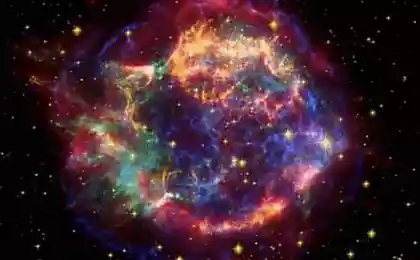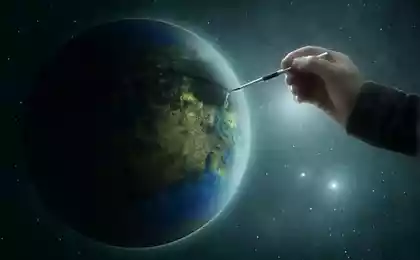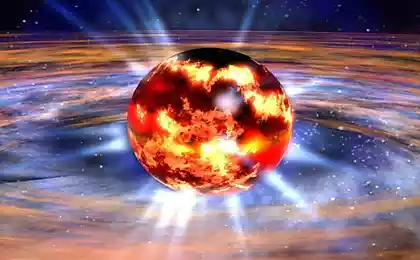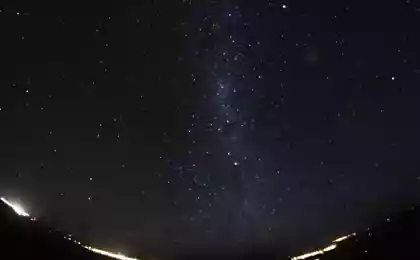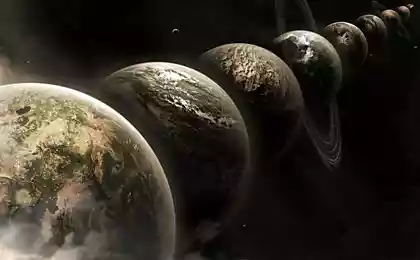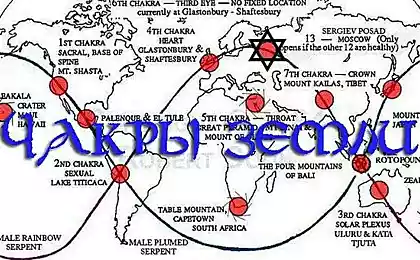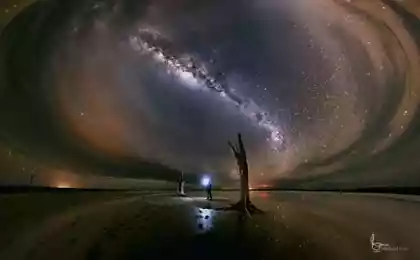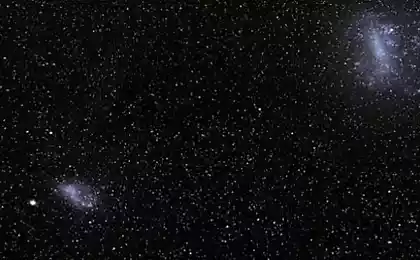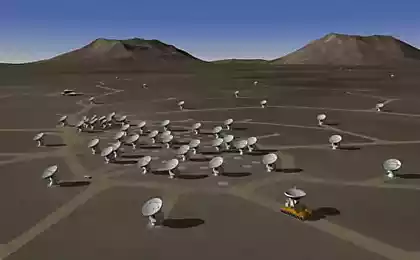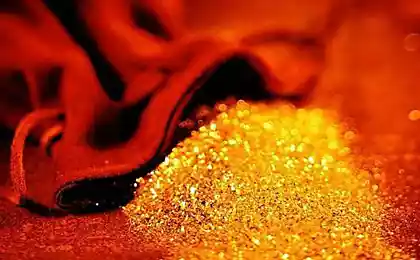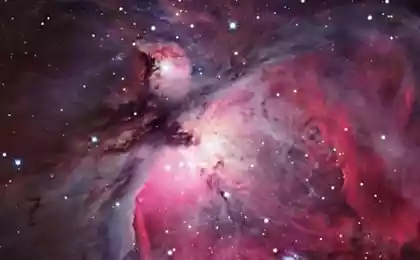808
Stars in the universe than grains of sand on the beaches of the Earth, and the atoms in a grain of sand, more than the stars
Miracles mirozdaniya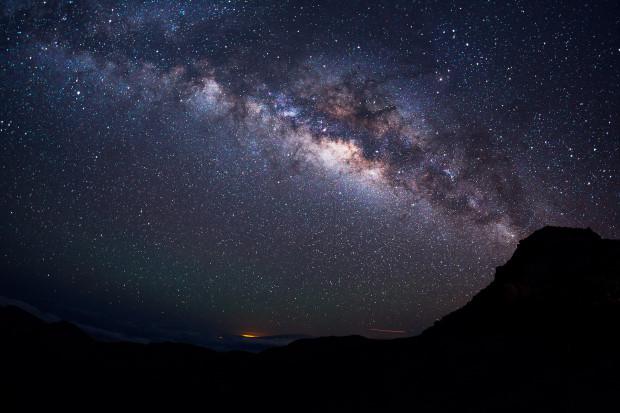
The first is the assumption put forward Carl Sagan, but is this really true, is not known. To answer this question we must turn to mathematics.

We know that the stars in our Milky Way galaxy - from 100 to 400 billion, and in the universe more than 100 billion galaxies - it is possible that there are about 500 billion. If you multiply the stars in the galaxy, we get at least ten sextillion stars - first 1 and then 22 zero. The maximum number of stars, thus 200 sextillion.
The diameter of a grain of sand is about half a millimeter. If you put them in a row, the 20 centimeter fit grains, therefore, fit in 1 cc of 8000 grains. If you take ten sextillions grains and assemble them into a ball, the ball diameter is 10, 6 km, and the ball 200 sextillion grains will be about 72 km in diameter. If the Earth had a diameter such that it would have been easier.
Dr. Jason Marshall estimated that the amount of sand on the beaches of the Earth - about 700 trillion m3, and the number of grains of sand - about five sextillion. Marshall says that his calculations - approximate, and grains can be half the size of "only" 2, 5 sextillion. However, on all beaches of the world ten sextillions grains does not reach. Thus, the stars in the universe is really more than grains of sand, about five to ten times.
But let's talk instead of grains of atoms. What do you think will take some amount of ten sextillion atoms? It seems quite a lot. But if you really collect this number of atoms into a tight ball, the diameter of the ball is about four times less dust mite. This means that the atoms in a grain of sand is much more than the stars in the universe.
via factroom.ru

The first is the assumption put forward Carl Sagan, but is this really true, is not known. To answer this question we must turn to mathematics.

We know that the stars in our Milky Way galaxy - from 100 to 400 billion, and in the universe more than 100 billion galaxies - it is possible that there are about 500 billion. If you multiply the stars in the galaxy, we get at least ten sextillion stars - first 1 and then 22 zero. The maximum number of stars, thus 200 sextillion.
The diameter of a grain of sand is about half a millimeter. If you put them in a row, the 20 centimeter fit grains, therefore, fit in 1 cc of 8000 grains. If you take ten sextillions grains and assemble them into a ball, the ball diameter is 10, 6 km, and the ball 200 sextillion grains will be about 72 km in diameter. If the Earth had a diameter such that it would have been easier.
Dr. Jason Marshall estimated that the amount of sand on the beaches of the Earth - about 700 trillion m3, and the number of grains of sand - about five sextillion. Marshall says that his calculations - approximate, and grains can be half the size of "only" 2, 5 sextillion. However, on all beaches of the world ten sextillions grains does not reach. Thus, the stars in the universe is really more than grains of sand, about five to ten times.
But let's talk instead of grains of atoms. What do you think will take some amount of ten sextillion atoms? It seems quite a lot. But if you really collect this number of atoms into a tight ball, the diameter of the ball is about four times less dust mite. This means that the atoms in a grain of sand is much more than the stars in the universe.
via factroom.ru
Older people do have a special smell
Steve Jobs could cure your cancer, but turned to unconventional means and missed the moment
